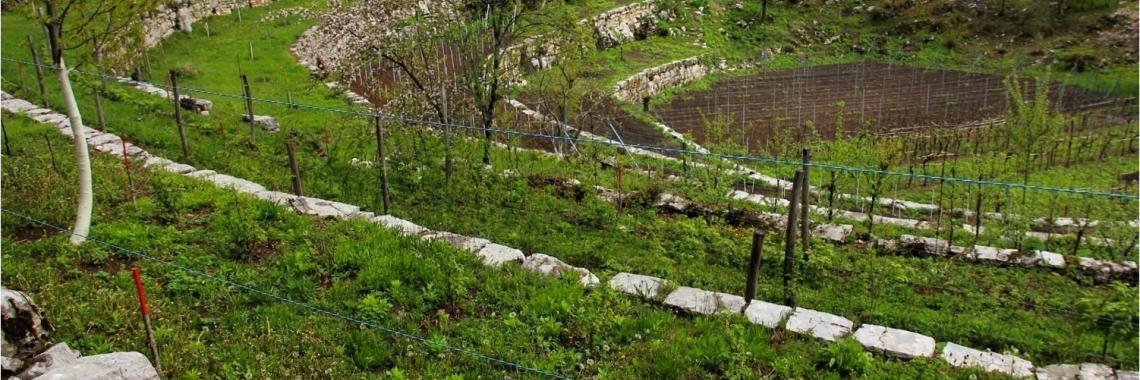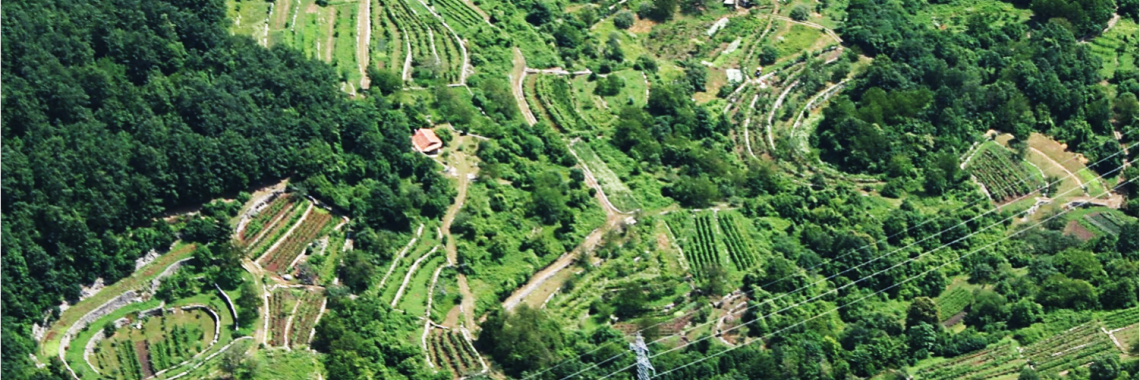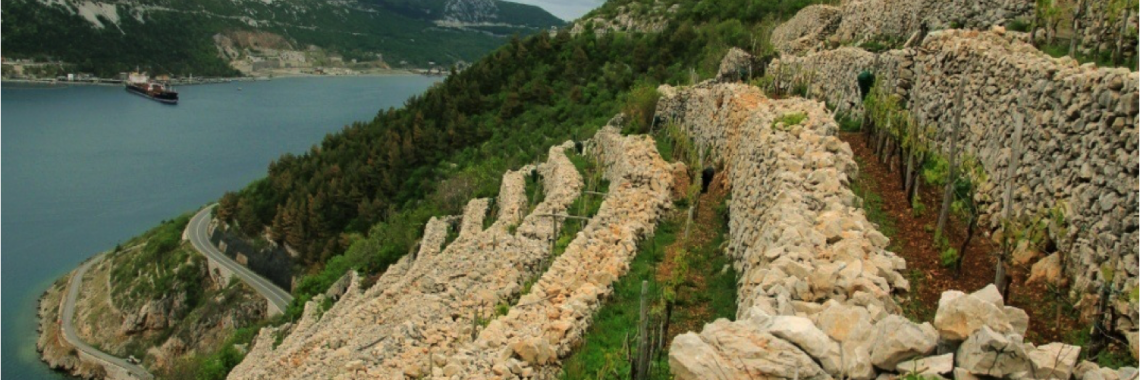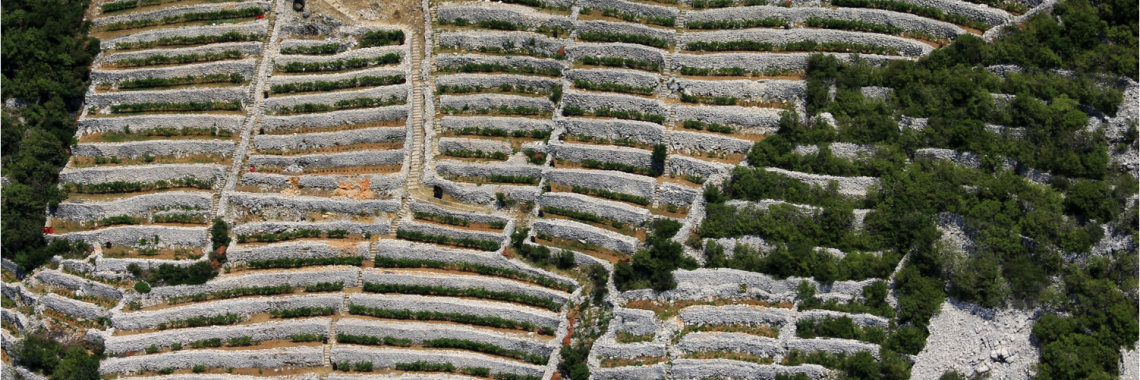Terraced landscapes in Croatia
28.09.2017, by Bénédicte Gaillard
Research: Goran Andlar, Filip Šrajer et al.; upload: Bénédicte Gaillard. The entries are still in process
The topic of terraced landscapes is not present within Croatian researches, although it is the most common element of agricultural part of Adriatic Croatia. It is being popularized through the dry stone wall topic, specially within NGOs and some local initiatives, but still we don't have any registers or unique nomenclature. On the other side, there is not a single research on terraces on mountain or continental Croatia, there is some interesting regions to mention. But, as my research is based on Adriatic Croatia, this presentation will be on Adriatic Croatia.
Pasture landscapes
Field landscapes
Managed forests landscapes
Terraced landscapes
Cultivated karst plateaus
Salterns
Typical karst area; prominent and articulated relief, small amounts of soil and surface water
Eumediterranean and submediterranean climate
Typical mediterranean natural vegetation
Mediterranean agro-ecological region; typical Mediterranean crops and extensive livestock farming
Traditional building in stone; traditional architecture, cattle houses, wells, field shelters, agricultural landscapes (enclosures, random free standing clusters in various forms, retaining walls etc.)
The typical example of terraces are narrow kind of step terraces and logically, they are specific for steep slopes, and initially, they were established for wine growing, no other culture could be grown on such a narrow plot (to small for olive, there is no soil for povrtne kulture). This location of croatian first protected cultural landscapes, around the 1970's, but even then it was more fossil landscape then vital.
This location is typical archetype of cultivating the karst in the narrow costal line in the end of 19th century, when the villagers become landowners. Usually, the locations near the main roads are favouritised by conservators, obviously because they do not have enough knowledge on hidden location in innerland and hinterland, such as in the mountain Istria.
Previous locations are micro locations on the mainland coast, while vast areas of terraces landscapes can be found on the big islands like Hvar, Pelješac and Korčula etc. These massive dry stone walls landscapes ussualy cover the areas out of settlements, in the sparse, steep and rocky areas. Today we can see only the small part of the activities in the past, when whole island were cultivated and the rock was was brought to the culture.
The second and the biggest period of the bonification of the karst was in the end of of 19th and beginning of the 20th century where distribution of land among the locals, it was the first agrarian reform, and it was the period of wine conjuncture when the dalmatia become one of the biggest exporter of the wine, because of wine deseases in France, Spain, Italy etc. The period lasted for 30 years, the mentioned deseases came to the Adriatic coast also, but also the AustroHungarian authorities changed the wine exporting policy, and one fact must be mentioned, this massive landscape transformation was far from being sustainable, it was mostly about wine monoculture, so not much was needed for deseases to distroy all the harvest.
Here we can see the typical case of dividing the land, regularity of the pattern tells us about the organized distribution of land. The land with the lower quality got bigger plots, and land with higher quality got bigger plots.
The typology of structure of Mediterranean terraces
braided terraces
step terraces (parallel/straight and contour)
Pocket terraces
Check-dams, terraced fields
Terraced field
Modern false terraces












